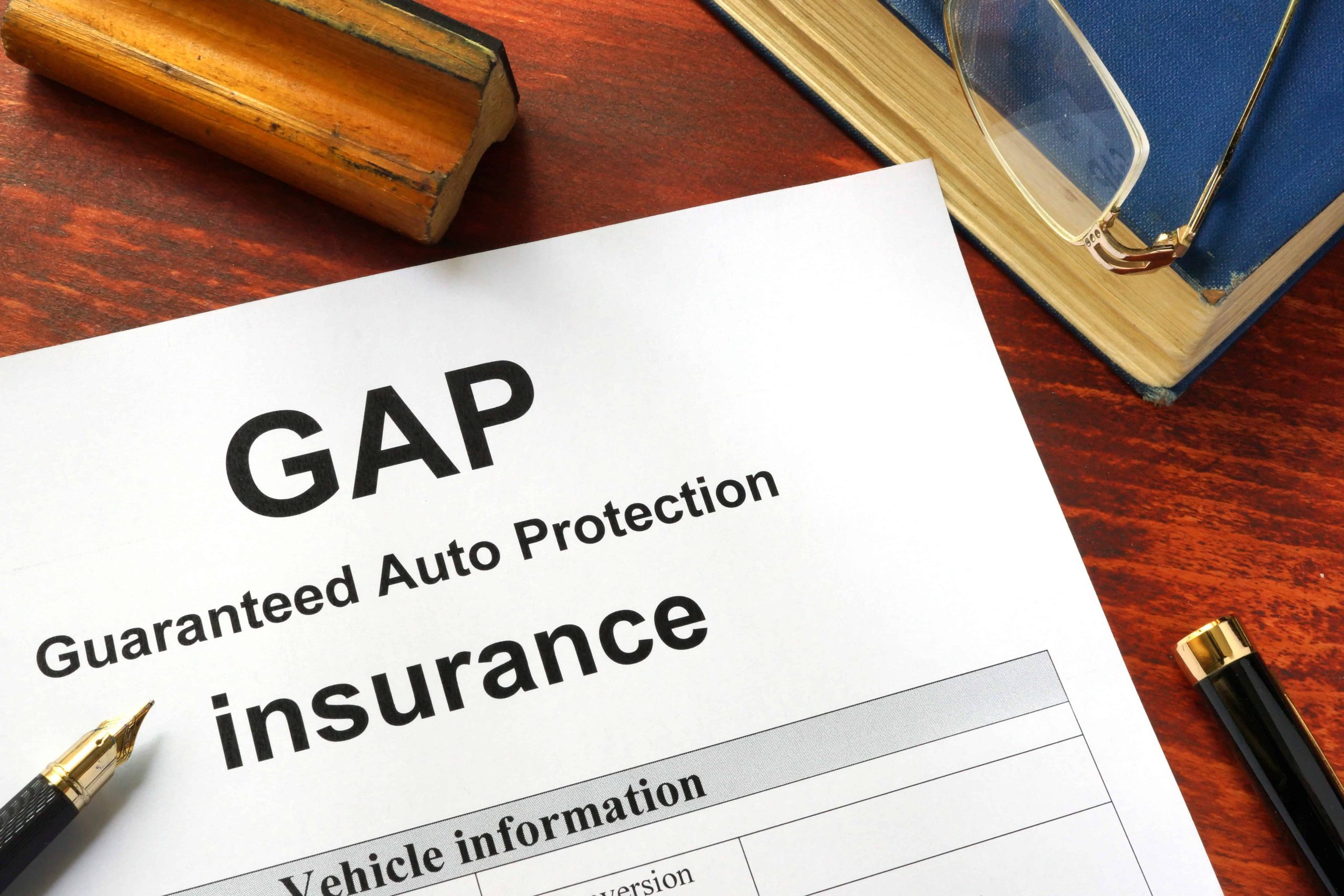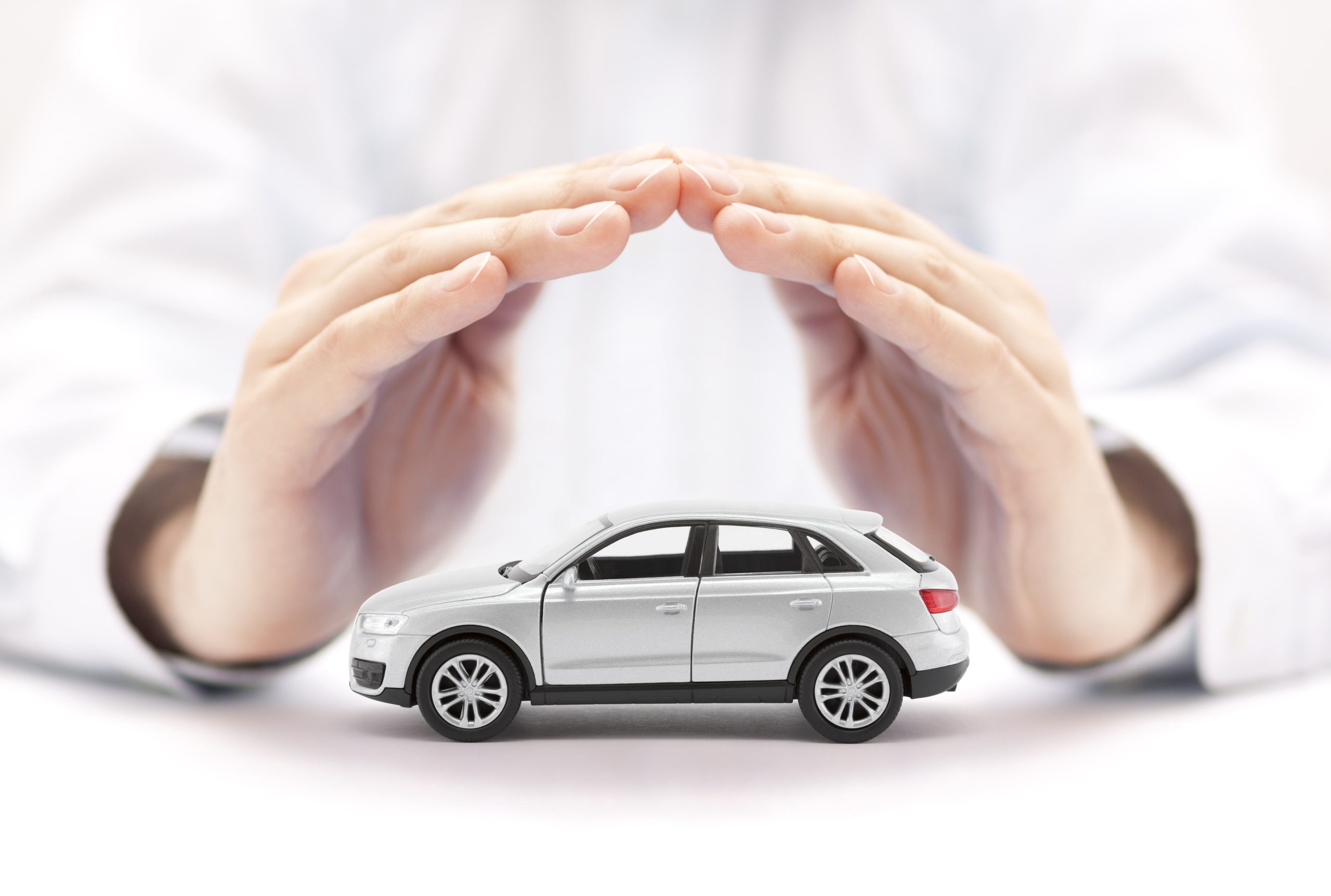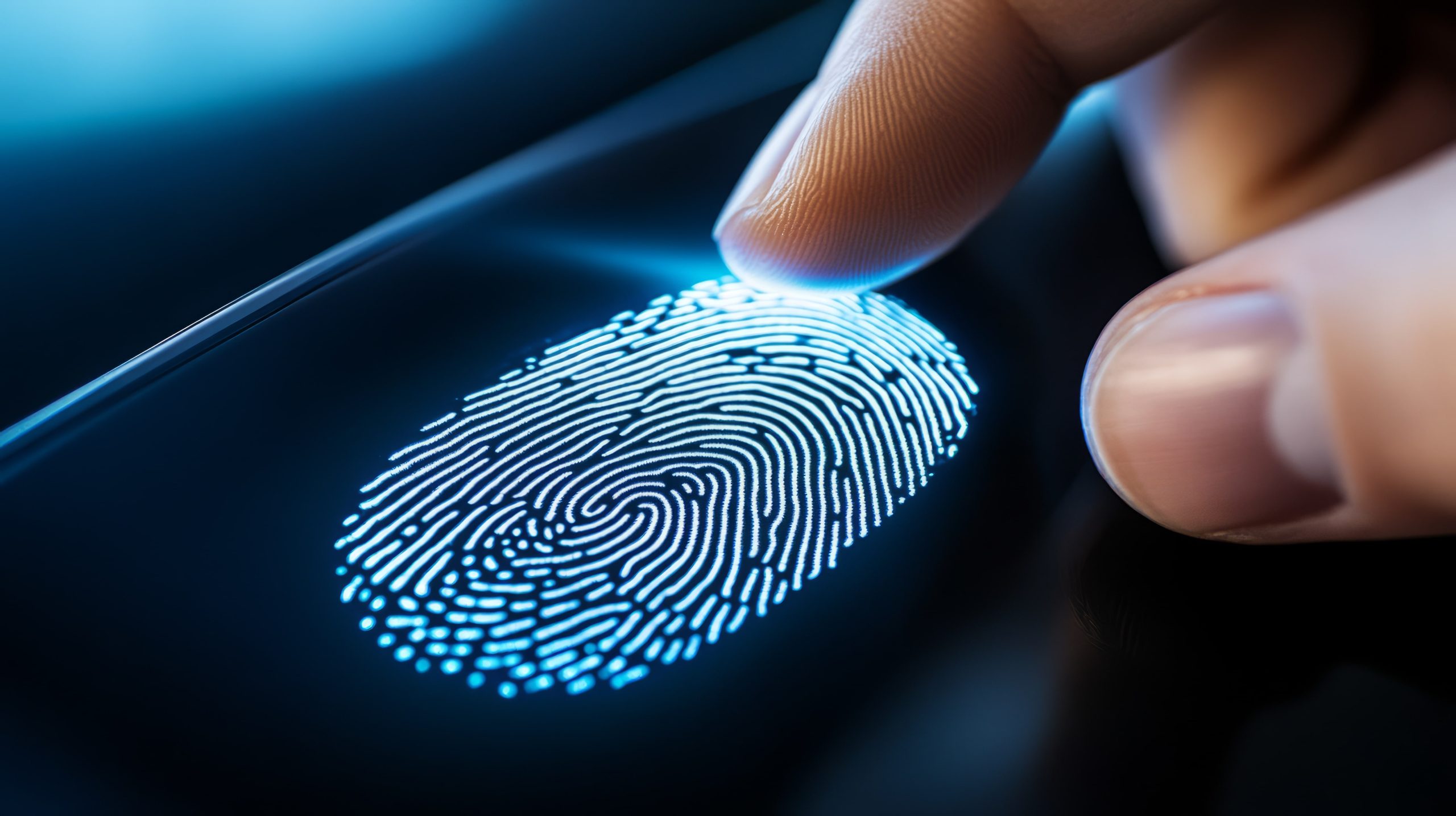Your standard auto insurance may not be enough to pay off the remaining balance on your loan if your car is stolen or damaged. GAP insurance may help with that. You might be able to avoid paying out of pocket by using it to assist cover the GAP between the car’s true worth and the remaining loan balance. Understanding when you need GAP insurance — and when you don’t — can help you avoid unnecessary expenses and protect your finances.
GAP Insurance Could be a Lifesaver Down the Line
A safety net is provided by Guaranteed Asset Protection (GAP) insurance. It fills in the “GAP” between your loan balance and the car’s actual cash value (ACV) in the event that it is stolen or totaled. This is important because the loan value will often be more than the ACV. Think of it like this: Your standard auto insurance covers the car’s current value, not the loan balance. GAP insurance covers the extra debt.
How GAP Insurance Works
GAP coverage only pays out if your vehicle is declared a “total loss.” This could happen due to accidents, theft, fire, or even natural disasters, depending on your specific policy.
The primary auto insurance policy will cover up to the ACV. GAP insurance then addresses what remains on your car loan after that payout, though you’re usually still responsible for your deductible.
When GAP Insurance is Essential
There are a number of cases where this could protect your finances. Consider these carefully:
- High Loan-to-Value Ratio: This is when you owe significantly more than the car’s value. It is common at the beginning of a car loan with little to no down payment.
- Rapid Depreciation: Certain car models or brands depreciate faster than others. This leads to larger differences between loan balances and ACV.
- Long Loan Terms: Financing a car over 60 months will make your payments smaller. This also means you are more exposed to having that “GAP”.
- Leasing: Leases generally come with GAP protection. However, read through the terms to be sure, and/or have additional coverage added for full protection.
When is GAP Insurance not Required?
There are instances when purchasing GAP coverage will have no benefit. Don’t spend the money if it won’t be of use.
- Large Down Payment: A hefty down payment (20% or more) will often make the amount borrowed close to the car’s market value, eliminating the “GAP.”
- Own the Car Outright: You obviously have no loan balance to consider here. Your standard comprehensive and collision coverage pays for what’s needed.
- Short Loan Terms/Low-Interest Rate: Paying the loan aggressively reduces risk. The quicker you close the “GAP”, the less risk there is.
The Cost of GAP Insurance
This cost varies quite a bit. Key factors that impact the price are listed below.
- The car’s actual cash value (ACV).
- Driver’s personal information such as age, gender, and others.
- Location is an impact and is often determined by your zip code.
- Your insurance history and previous insurance claims impact your ability to receive protection.
Getting GAP insurance coverage through your existing insurer can cost $20 to $40 per year. Buying this standalone may have an average cost of $200-$300. Remember, prices vary more widely based on factors like insurer, location, and vehicle type.
Buying GAP Insurance
You generally have a few main avenues for buying GAP insurance:
- Through Your Insurance Company: This is convenient if your primary auto insurance company offers it, and it’s bundled into your existing policy. It’s generally less costly this way.
- From the Dealership/Lender: Car dealers and lenders that handle the auto loans often sell GAP coverage, too. But it can be way more expensive and harder to pay since you do not own the car yourself.
Frequently Asked Questions (FAQs) about GAP Insurance
What does “GAP” stand for in GAP insurance?
GAP is an acronym. It stands for Guaranteed Asset Protection. Its job is to provide asset protection
Is GAP insurance the same as full coverage?
No, GAP insurance is an optional add-on to your auto insurance policies. Its specific purpose is to cover the difference between your loan and the car’s value. Full auto coverage is much broader, combining liability, collision, and comprehensive coverage.
Will GAP insurance pay if my car is repossessed?
No, GAP insurance will not cover if your vehicle is repossessed. The reason for that is repossession occurs because of missed loan payments, which GAP coverage does not include. GAP is specifically for total loss situations from accidents, theft, or damage.
Overall
GAP insurance can be a valuable safety net if you owe more on your car loan than the car’s current value. It’s not always necessary, but it’s worth considering if you have a high loan balance, rapid depreciation, or a long loan term. Understanding how GAP insurance works and when to get it can help you avoid financial stress after a total loss. Weigh the costs and benefits carefully to decide if it’s right for you.








